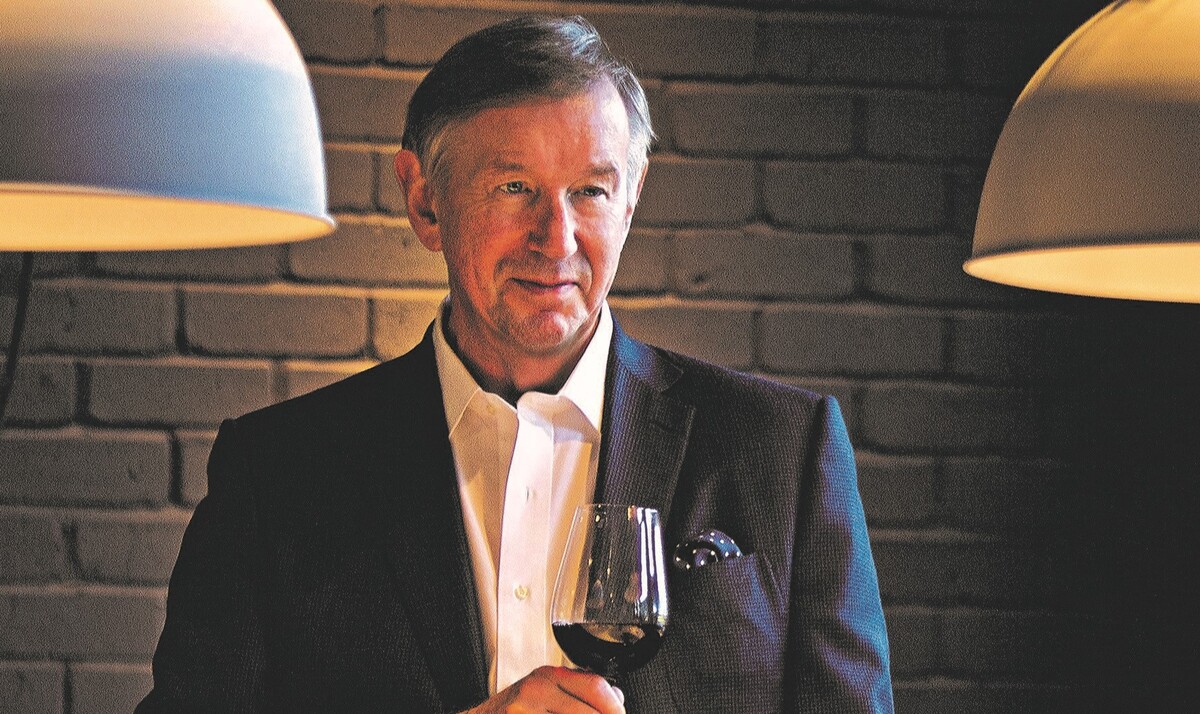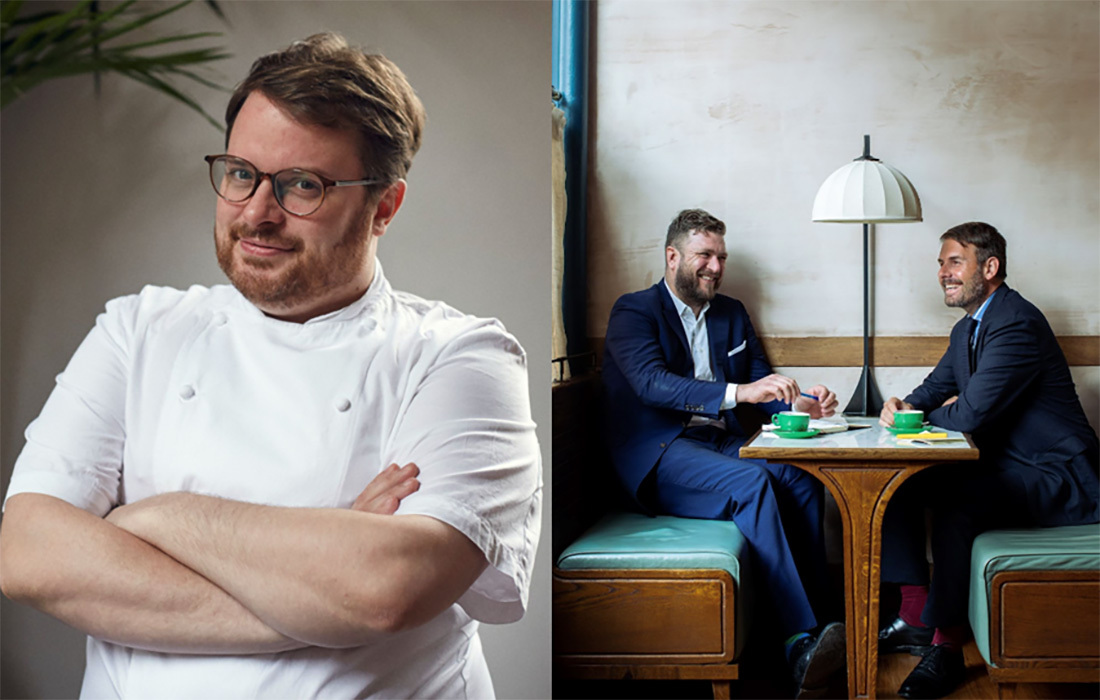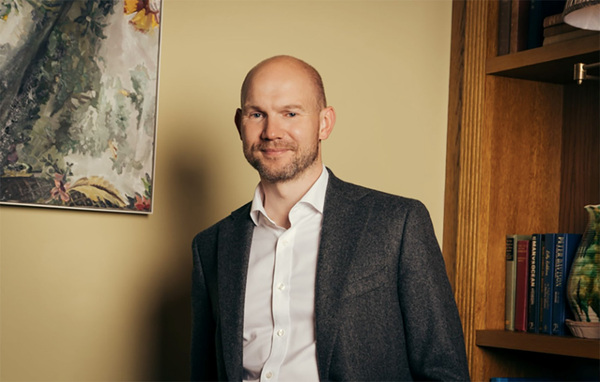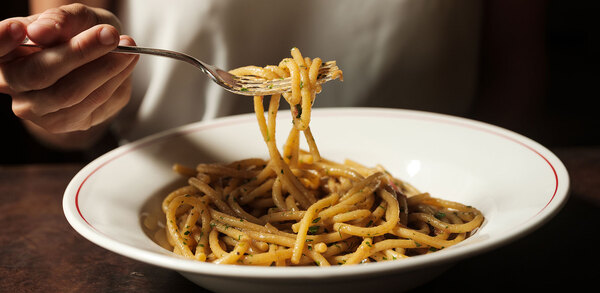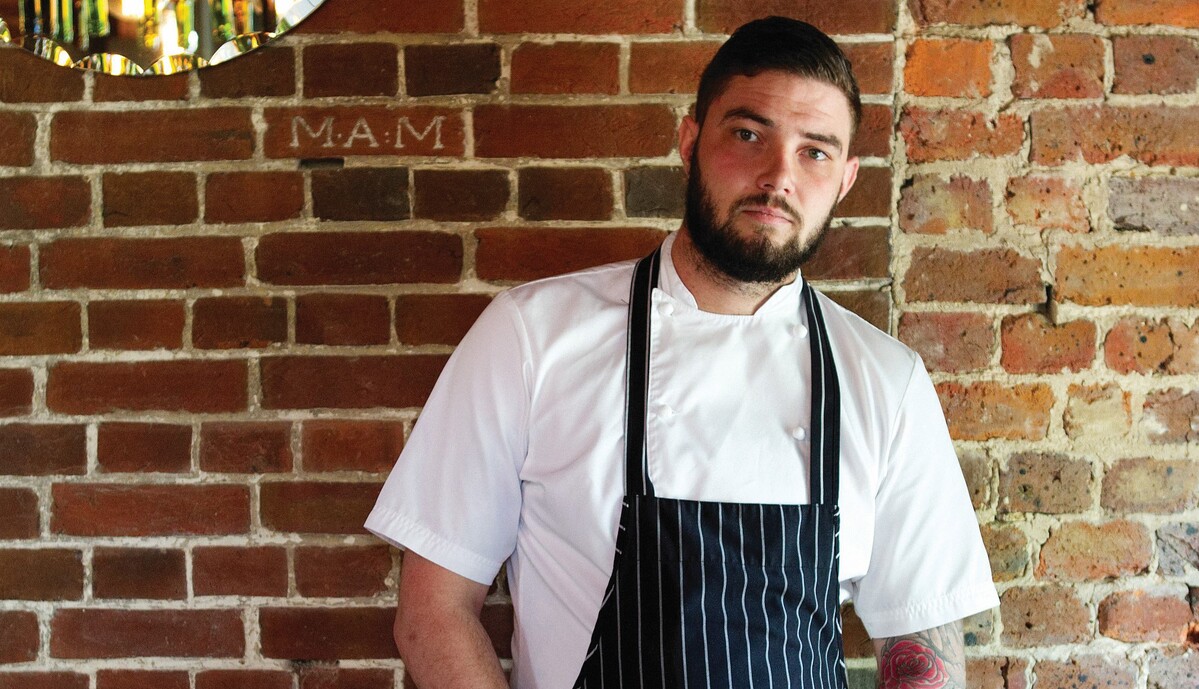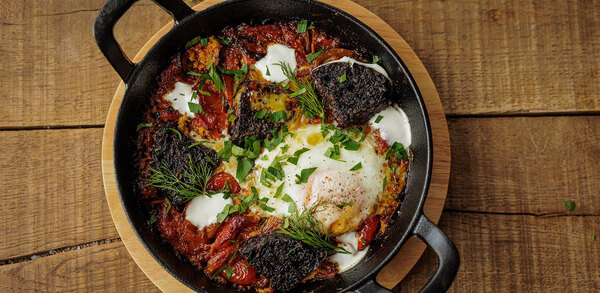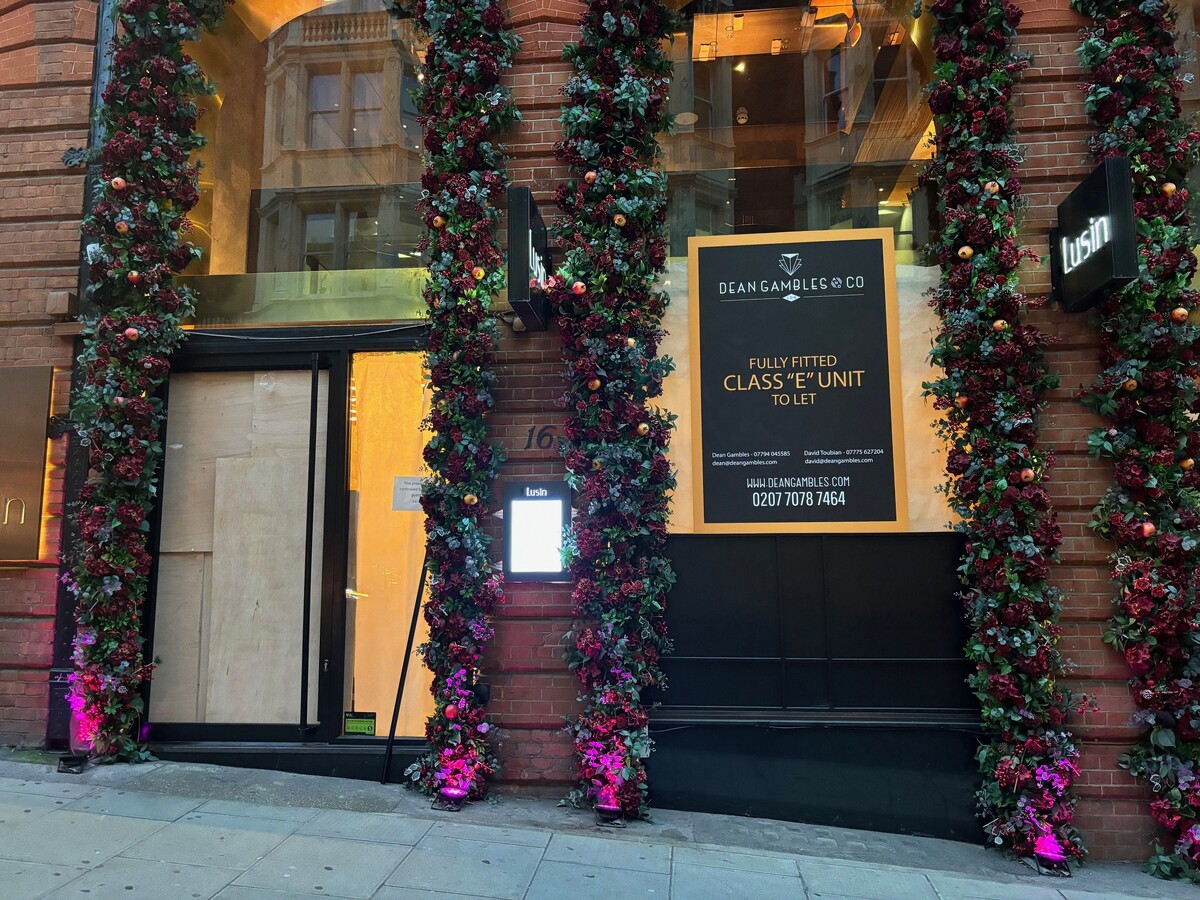This much I know: Elena Arzak
The joint head chef of the three-Michelin-starred restaurant Arzak in San Sebastían, Spain, talks to Fiona Sims about offering a high-tech dining experience and the gastronomic wisdom that comes with age
People's tastes have changed and the kitchen has to change with them.
Itâs important to be open to other cultures â" you can be inspired by them. You can still do that without losing your own identity. Travelling is important to me â" itâs stimulating. I went to Istanbul for the first time last year and the food was incredible â" the lamb dishes, in particular, stood out. I ate a kebab and I was like âwowâ. Before that, I was in South Africa. The fish they have there are amazing, and I tasted some wild vegetables that grow only there, that are used for seasoning, which intrigued me. Itâs important to keep discovering new things.
Iâm interested in offering a multi-sensory dining experience. We work with Samsung to produce moving images for a couple of the dishes we do, such as the scarlet prawn with krill, which is served on an iPad playing a movie of waves crashing on the shore. We have plenty of high-tech gadgets to play with in the kitchen, and they do help us to get results, but these mustnât be the focus on the
plate. Technology should be there to help you â" to give something new to the finished dish.
I like that some of the plates we serve have a message. The most dramatic we have on the menu at the moment is âChocolate Bangâ, which is a chocolate pistol with a blackcurrant filling. Our development chef, Xavi Gutierrez, loves film noir and thrillers, so we decided to make a plate remembering 1970s gangsters.
Another course we offer is served on a crushed beer can [the black pudding with beer and mango]. Weâre not trying to preach to people, rather just reminding them that they have a responsibility to recycle. We play with lots of bold colours, too â" green is a bit of a theme. We Basques love intense colours. I think thatâs because we are generally pretty happy people.
Inspiration for our dishes comes from many areas. Each of our chefs has a different approach, but I think itâs important to read a lot. I read magazines, books and scour the internet, in many languages. I read a recipe in a 19th-century cookbook the other day that combined marrow and artichoke, and I adapted it and served it with red mullet â" and everyone loved it. You need to be constantly researching.
I donât change dishes on the menu for the sake of it â" I do it because I want to change it. If I donât, then I feel lazy. I need to work; itâs my way of being. I do still feel the pressure sometimes, because you need to get results. But I have learned to relax more over the years.
Itâs important to admit to yourself when ideas just donât work. When I was younger, I sometimes didnât recognise when a dish wasnât working â" itâs an illness of the young. Not now though; now Iâm very critical â" if I donât like it, itâs
gone. But I donât think that everything is better now than before. You should accept and make the most of each period in your life. When youâre middle-aged, youâre middle-aged. Would I be 20 years old again? No way. Iâm very happy being 47 years old.
I like to keep my home and work life separate â" I canât concentrate otherwise. I love being with my children and my husband, but they donât travel with me very often. Iâm teaching my kids, who are 10 and 11, how to cook. Not to become chefs, you understand â" just the basics. I want them to learn at their own pace and IÂ want them to have these tools, so they can be healthy. I want them to have this heritage.
The ultimate luxury for me is to be quiet. I donât do any sport, but Iâll go for a walk. On Monday mornings, when there is no one else around, Iâll walk around Mount Urgull. Iâm very quiet at home. I love to read â" about gastronomy, mostly â" but novels, too.


